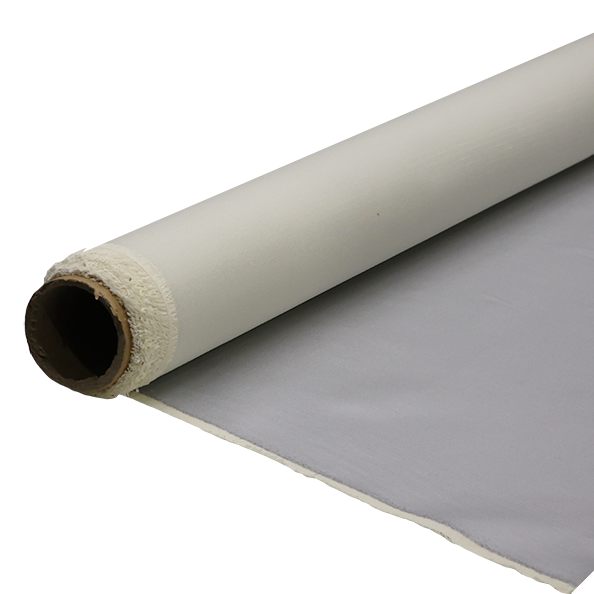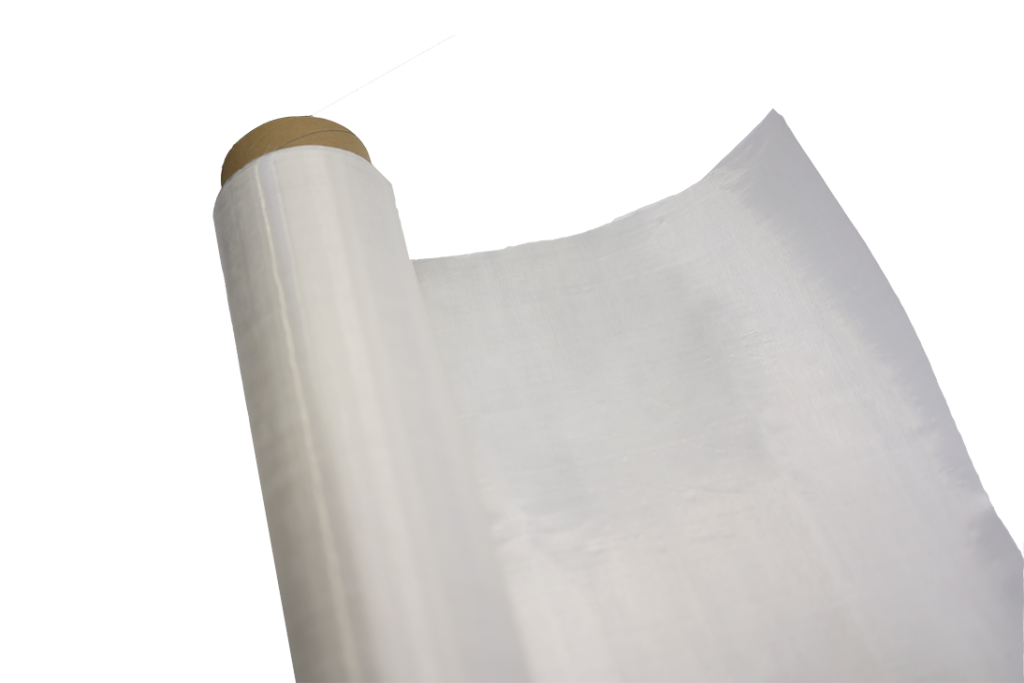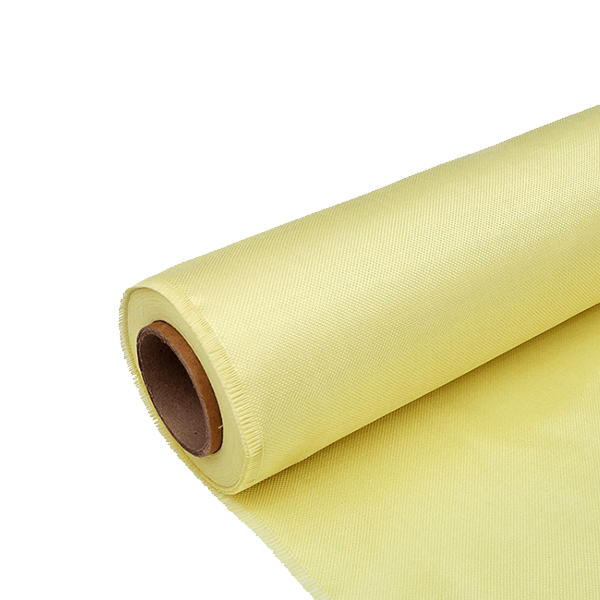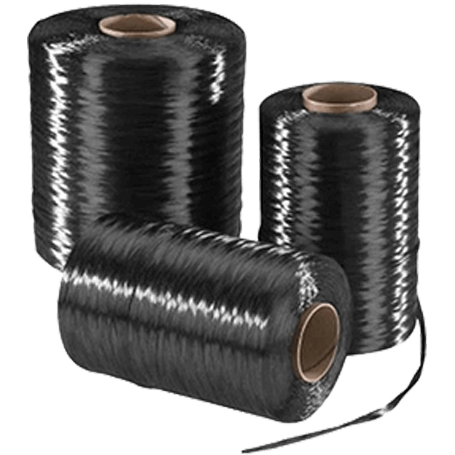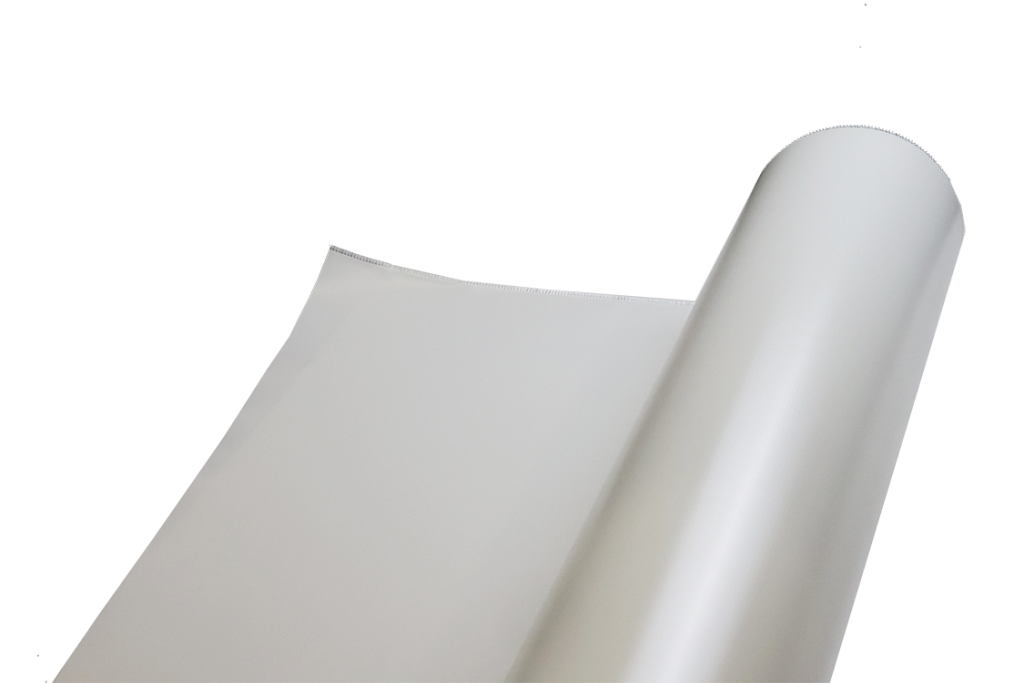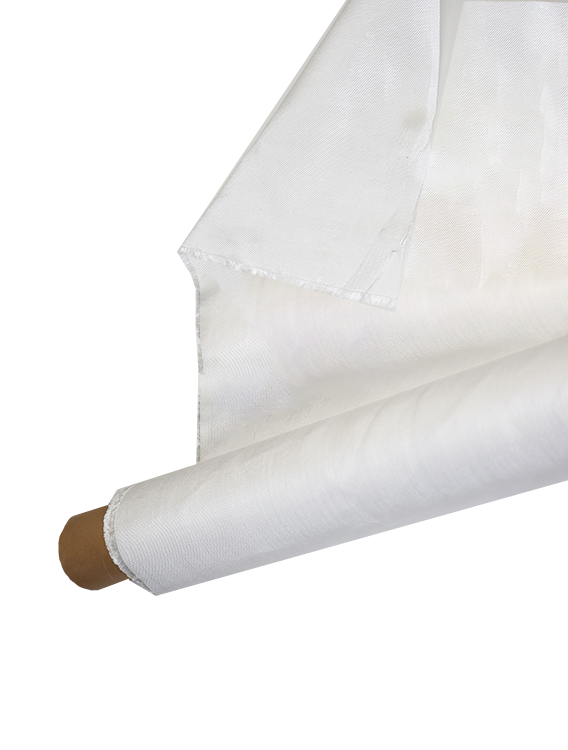Top10 Applications of Carbon Fiber
-
 Your Composites Expert Carbon Fiber Materials&Products
Your Composites Expert Carbon Fiber Materials&Products -
-1.png?width=686&height=617) Your Composites Expert Aramid Fiber Materials&Products
Your Composites Expert Aramid Fiber Materials&Products -
 Your Composites Expert UHMWPE Materials&Products
Your Composites Expert UHMWPE Materials&Products -
 Your Composites Expert Fiberglass Materials&Products
Your Composites Expert Fiberglass Materials&Products -
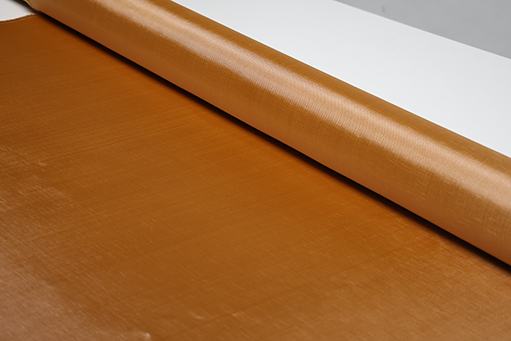 Your Composites ExpertPBO Materials&Products
Your Composites ExpertPBO Materials&Products -
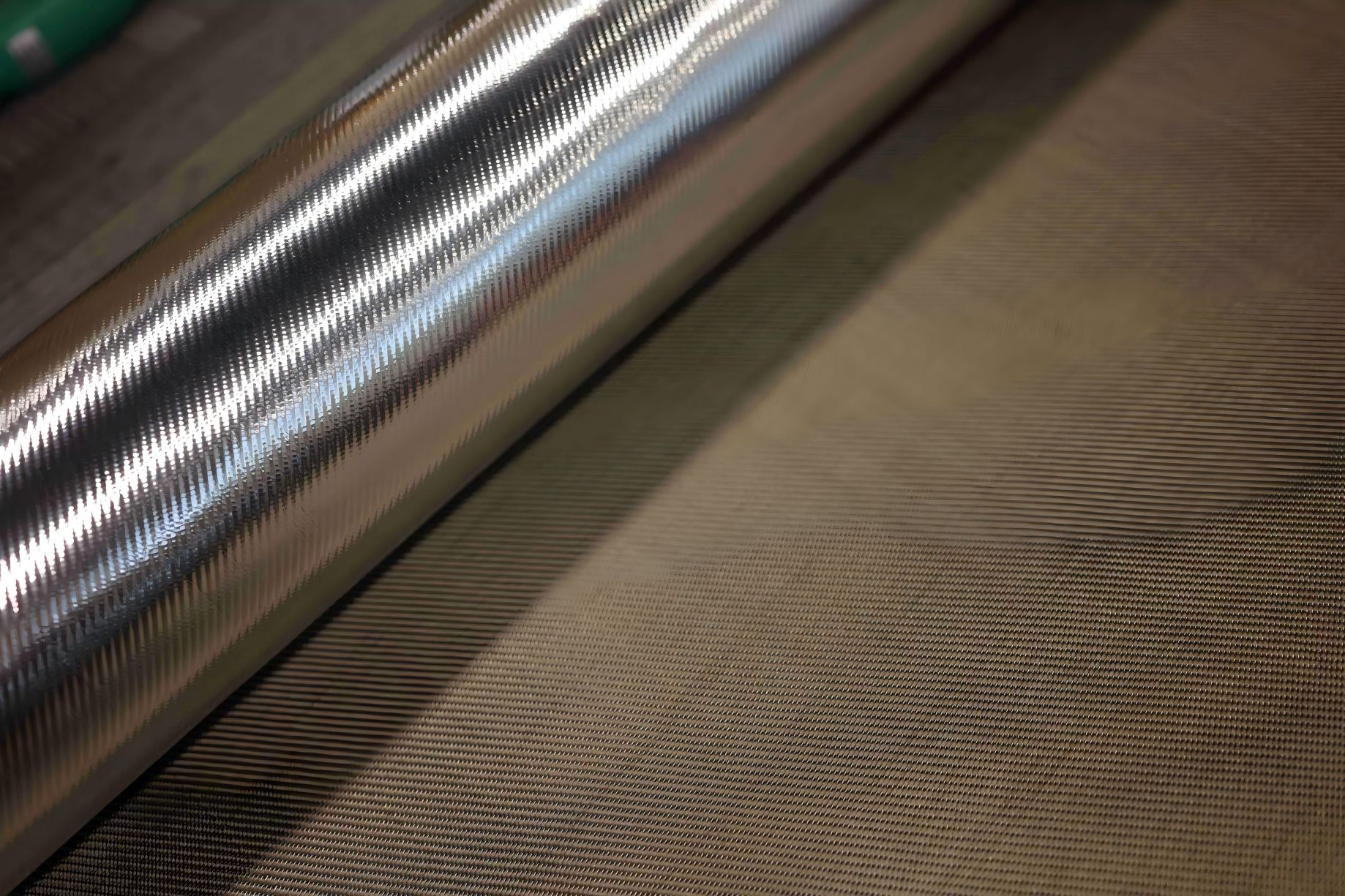 Your Composites Expert Basalt Materials&Products
Your Composites Expert Basalt Materials&Products
The discovery and refinement of carbon fiber have sparked a revolution across a multitude of industries seeking high-performance materials to elevate their products. Known for its exceptional strength-to-weight ratio, carbon fiber has birthed a new era of carbon fiber products encompassing various carbon fiber uses. From aerospace components to sporting equipment, these advanced composites are being leveraged for their unparalleled assets. As we delve deeper, we uncover the vast potential that these fibers hold for industries using carbon fiber, who are continuously innovating to meet the demands of the future.

Key Takeaways
- Carbon fiber's lightweight properties are integral in industries where performance and efficiency are paramount.
- Diverse carbon fiber uses extend into transportation, competitive sports, and beyond, noting a trend in multi-industry adoption.
- Industries using carbon fiber benefit from its durability, which can lead to sustainable practices and lower maintenance costs.
- The array of carbon fiber products available today illustrates the material's versatility and adaptability.
- High-performance materials like carbon fiber are the cornerstones of innovative design, offering improved functionality and longevity.
- Carbon fiber is shaping the future of material technology, driving industries to reimagine what's possible.
Aerospace: Soaring High with Carbon Fiber Technology
The aerospace industry has continuously set the benchmark for innovation by incorporating lightweight materials to optimize performance and efficiency. At the forefront of this technological revolution are carbon fiber composites, prized for their unparalleled strength-to-weight ratio. These advanced materials have opened new horizons in aerospace engineering, contributing significantly to the modernization of aircraft and spacecraft structures. The integration of aerospace carbon fiber applications extends across three pivotal domains: commercial aircraft, military aviation, and space exploration.
Commercial Aircraft Components
In commercial aviation, carbon fiber composites are making waves by reducing aircraft weight, which has a domino effect of enhancing fuel efficiency and curbing emissions. Significant components of the aircraft, such as wings, fuselage sections, and rudders, are now being constructed using these revolutionary materials. The implementation of lightweight materials doesn’t simply translate to operational cost savings; it also paves the way for an environmentally conscious approach to aviation.
Military Aviation Innovations
Military applications further demonstrate the versatility and critical importance of carbon fiber composites in the sector. Advanced fighters and reconnaissance aircraft incorporate carbon fiber in their design, not only to benefit from weight savings but also to enhance stealth capabilities. The durability and fatigue resistance of carbon fiber composites contribute to the structural integrity and longevity of military aviation assets, ensuring they serve their purpose effectively in the harshest conditions.
Space Exploration - Probes and Satellites
The final frontier for carbon fiber technology lies in the void of space. Here, aerospace carbon fiber applications are critical in the development of lightweight and resilient components for space probes and satellites. These applications must endure extreme fluctuations in temperature and the vacuum of space without compromising their structural integrity. The material choice is not a mere preference but a necessity to ensure the success of missions that push the boundaries of human knowledge and capability.
| Aerospace Application | Benefits of Carbon Fiber Composites | Examples |
|---|---|---|
| Commercial Aircraft | Reduced weight, improved fuel efficiency, lower emissions | Wings, fuselage, fin and horizontal stabilizers |
| Military Aviation | Enhanced stealth, structural integrity, fatigue resistance | Stealth fighters, reconnaissance aircraft |
| Space Exploration | Durability, temperature resistance, weight savings | Space probes, satellite structures |
Automotive Advancements: Carbon Fiber in Modern Vehicles
The integration of carbon fiber in the automotive industry has set a new benchmark for performance-enhancing materials. Renowned for its high strength-to-weight ratio, this innovative material is revolutionizing car designs and functionalities. From enhancing a race car's aerodynamics to increasing the sustainability of electric vehicle innovation, carbon fiber is steering the automotive industry toward a more efficient and high-performance future.
Racing Car Domains
Carbon fiber's initial claim to fame in the automotive realm began on the race track. With the relentless pursuit for speed, racing teams rely on materials that can withstand the high-stress environment of the track while minimizing weight. The application of carbon fiber components has profoundly impacted the racing sector, significantly reducing vehicle weight and thus, enabling higher speeds and better handling characteristics.
Everyday Vehicle Enhancement
As we witness technology from the racing world trickle down into consumer vehicles, everyday drivers are now experiencing the benefits of carbon fiber. The chassis, body panels, and even interior features fashioned from this material are not just selling points but offer tangible enhancements to vehicle performance and fuel efficiency. This momentum signals a shift in consumer expectation, as demand grows for vehicles that incorporate these advanced, performance-enhancing materials.
Impact on Electric Vehicle Designs
The surge in popularity of electric vehicles (EVs) has welcomed a fresh avenue for carbon fiber applications. As electric vehicle innovation focuses on maximizing range and efficiency, incorporating carbon fiber helps to offset the weight of heavy battery packs. This symbiotic relationship between material science and automotive technology paves the way for vehicles that offer extended ranges, enhanced performance, and a reduced carbon footprint, exemplifying a triumph in both design and sustainability.
| Aspect | Impact of Carbon Fiber | Benefits |
|---|---|---|
| Vehicle Weight | Significant Reduction | Improved Acceleration, Handling, and Fuel Efficiency |
| Race Car Performance | Enhanced Aerodynamics | Faster Lap Times, Better Stability |
| Consumer Vehicle Design | Integration into Various Components | Modern Aesthetic Appeal, Durability, and Safety Features |
| EV Range & Efficiency | Compensates for Battery Weight | Increased Range per Charge, Reduced Environmental Impact |
Applications of Carbon Fiber in Competitive Sports
The innovation of carbon fiber technology in sports has been a game-changer on the playing field, track, and course alike. With its remarkable strength-to-weight ratio, carbon fiber sports gear provides athletes with the means to push the boundaries of performance, while concurrently reducing the potential for injury. Carbon fiber's material properties bestow gear with superior rigidity and improved energy return, imperative qualities for sports where precision and endurance are pivotal.
In the world of competitive cycling, carbon fiber bicycles are prized for their lightweight frames that enable swift acceleration and facile climbs. The torsional stiffness of carbon frames allows for better transfer of power from the rider to the road. Professional tennis has seen a similar leap in equipment technology, with carbon fiber tennis racquets offering a blend of control, stability, and power that caters to the individual needs of athletes without compromising on playability or comfort.
It is not just the gear that benefits from carbon fiber technology in sports, but also the protective equipment. Helmets designed with carbon fiber shells offer unparalleled protection with a barely-there feel, vital for sports like hockey and football where both impact resistance and mobility are key. Enhancements like these illustrate how carbon fiber sports gear is revolutionizing the safety standards in competitive sports.
| Sport | Carbon Fiber Application | Benefits |
|---|---|---|
| Cycling | Bicycle Frames and Components | Lightweight, increased stiffness, improved power transfer |
| Tennis | Racquets | Better control, reduced shock, enhanced playability |
| Golf | Clubs and Shafts | Enhanced swing speed, more precise control, vibration dampening |
| Hockey/Football | Protective Gear | Incredible strength, weight reduction, improved comfort |
| Winter Sports | Ski Poles and Snowboards | Enhanced maneuverability, reduced fatigue, better feedback |
In the game of golf, the virtues of carbon fiber sports gear manifest in the shafts of clubs. The flexibility combined with the toughness of carbon fiber allows for a smoother swing, adding yards to drives without an increase in the golfer's exertion. Similarly, in winter sports, carbon fiber's resistance to cold temperatures and its lightweight nature allows for high-strength yet featherlight ski poles and snowboards, letting athletes carve through snow and ice with greater precision and less exertion.
Adaptation and refinement of carbon fiber sports gear continue unabated as the demands of athletes evolve and the pursuit of excellence in sports remains unquenched. From the stadium to the slopes, those seeking a competitive advantage turn towards carbon fiber technology, trusting its proven capabilities to yield extraordinary performances.
Wind Energy: Carbon Fiber Composites for Turbine Blades
The quest for greener energy sources has led to innovative uses of carbon fiber in renewable energy, particularly in enhancing wind turbine blade design. By incorporating sustainable lightweight materials into these structures, the wind energy sector is experiencing a radical transformation with far-reaching impact on efficiency and sustainability.
Improving Turbine Efficiency
One significant advantage of utilizing carbon fiber composites in wind turbines is the substantial improvement in turbine efficiency. Blades constructed from carbon fiber are not only lighter but also stronger than their traditional counterparts, allowing for larger blade designs without the penalty of increased weight. This increase in blade size captures more wind energy without compromising the structural integrity of the turbine, representing a leap forward in wind energy technology.
Longer Lasting, Lighter Blades
Durability is a critical factor in wind turbine blade design, as the materials must endure extreme weather conditions and constant stress. Carbon fiber stands out by providing a resilient solution that leads to longer-lasting turbine blades. The strength-to-weight ratio of carbon fiber means blades can be lighter, reducing the load on the turbine structure and enhancing the longevity of the entire system. As a result, lighter blades made of carbon fiber necessitate less frequent maintenance and replacements, echoing the call for more sustainable infrastructure in renewable energy.
Contribution to Sustainable Energy Resources
Carbon fiber's role in wind energy does not stop at efficiency and durability; it is also a champion for sustainability. By being part of a renewable energy solution, carbon fiber composites contribute significantly to reducing the carbon footprint of power generation. Moreover, the longevity and lower maintenance requirements of carbon fiber-reinforced blades make them an environmentally friendly alternative, emphasizing the material's contribution to the generation of sustainable energy resources.
Marine Engineering: The Use of Carbon Fiber in Nautical Vessels
The integration of carbon fiber in marine applications has become a transformative force in the evolution of nautical technology. The material's outstanding strength-to-weight ratio has led to remarkable nautical vessels advancements, making waves in the design and fabrication of today's marine crafts. From leisure boats to competitive sailing yachts, carbon fiber is reshaping our vision of marine travel, providing robustness without the burden of added weight.
Carbon fiber’s use in hulls and masts of competitive sailing vessels signifies a leap toward unprecedented performance, where every ounce matters in the race for speed and efficiency. The innovation doesn't stop at the waterline; interior components and deck fittings are also benefiting from carbon fiber's resilience and lightweight properties. This adoption marks a crucial step for marine applications, as vessels can now leverage faster speeds and greater fuel efficiency, contributing to a greener footprint in marine environments.
- Enhanced speed and handling due to reduced mass
- Increased fuel efficiency, decreasing operational costs
- Improved safety and durability, withstanding harsh marine conditions
- Revolutionary designs with greater architectural freedom
"The use of carbon fiber is a game-changer for nautical vessels, as it allows for the construction of larger and more complex designs without compromising on performance,” asserts a leading marine architect. “It's a leap into the future of marine engineering, blending aesthetics and functionality seamlessly."
Docking into the future, carbon fiber in marine applications represents a significant push towards more sustainable, efficient, and high-performance watercraft. The industry stands at the cusp of a new era where these advanced materials promise to redefine the boundaries of nautical vessel advancements, propelling the maritime world towards a more innovative and eco-conscious direction.
Carbon Fiber in Medical Devices and Prosthetics
The revolutionary integration of carbon fiber in medical devices and prosthetics has brought about a paradigm shift in patient care and treatment efficiency. With its outstanding strength-to-weight ratio and compatibility with imaging technologies, carbon fiber medical applications have introduced a new era of medical device innovation, enhancing the lives of patients across the globe.
Innovations in Orthopedic Applications
Orthopedic devices have been significantly improved with the adoption of carbon fiber composites. These light, yet immensely strong materials have enabled the development of supportive structures that aid in the healing process while minimizing additional stress to the patient's body. Highlighting the advancements, we see carbon fiber being used for fracture fixation devices, spinal implants, and supportive braces, thereby accelerating recovery time with improved outcomes.
Custom Prosthetics for Improved Mobility
Carbon fiber prosthetics are at the forefront of medical device innovation, offering tailored solutions for individuals who require artificial limbs. The customization potential of carbon fiber allows for prosthetics that are not only lightweight and strong but also perfectly contoured to the patient's anatomy. This attention to detail results in unparalleled comfort and mobility, enabling amputees to engage in a wide range of activities with ease, thus greatly impacting their quality of life.
Advances in Medical Imaging Equipment
Medical diagnostic procedures have been immensely improved by carbon fiber's radiolucent properties. Its use in the construction of examination tables and accessories for CT scans, MRI machines, and X-rays allows for clearer, more accurate imaging results. The lightweight nature of carbon fiber also contributes to the portability of these devices, enabling their deployment in various medical settings and facilitating earlier detection and treatment of health conditions.
Construction: Carbon Fiber as a Reinforcement Material
The quest for innovative materials in the construction industry has led to the pivotal integration of carbon fiber as a structural reinforcement tool. Traditionally dominated by materials such as steel and concrete, the industry is now embracing carbon fiber for its myriad benefits and applications in modern construction practices. As a sustainable high-performance material, carbon fiber is setting new standards for durability, efficiency, and design potential.
Benefits of Carbon Fiber in Structural Design
It's no secret that carbon fiber is transforming the approach to structural design. Incorporating carbon fiber in construction alleviates common issues faced with traditional materials. The advantages are multifold, including a staggering increase in load-bearing capacity without the weight penalty. This remarkable strength-to-weight ratio provided by carbon fiber enables sleeker architectural designs coupled with higher safety margins. Moreover, resilience to corrosion and environmental degradation underscores the longevity and reliability that carbon fiber contributes to structural projects.
Modernizing Infrastructure with High-Performance Materials
Modern infrastructure demands materials that not only endure but also adapt to the complexities of innovative architecture. Carbon fiber addresses this demand as a high-performance material. Its adaptability and ease of installation have seen a rise in retrofitting and upgrading efforts, making existing structures more resilient and future-proof. The utilization of carbon fiber in construction echoes the industry's push towards modernization and efficiency, paving the way for infrastructures that stand the test of time.
Carbon Fiber's Impact on Sustainable Architecture
The role of carbon fiber in promoting sustainable architectural practices is nothing short of revolutionary. Not only does using carbon fiber minimize the ecological footprint during construction, but it also proves energy-efficient throughout the lifecycle of the building. Contributions to LEED certification and a push for greener construction methods showcase carbon fiber's alignment with the principles of sustainability. The embrace of carbon fiber in construction champions a forward-thinking approach to building a more eco-conscious future.
| Material | Strength-to-Weight Ratio | Corrosion Resistance | Environmental Impact | Application Versatility |
|---|---|---|---|---|
| Steel | Lower | Low | Higher | High |
| Concrete | Lower | Medium | Higher | Medium |
| Carbon Fiber | Higher | High | Lower | Very High |
Consumer Electronics: Carbon Fiber for Lightweight Devices
Embracing the shift towards innovative materials, the consumer electronics industry has begun integrating carbon fiber in electronics to take advantage of its impressive strength-to-weight ratio. This strategic move caters to the increasing consumer demand for devices that are not just portable, but also resilient and long-lasting. Mobile phones and laptops, amongst other personal devices, stand at the forefront of this trend, greatly benefiting from the introduction of lightweight high-performance materials.
One of the most striking advantages of carbon fiber is its inherent durability, which when deployed in electronic devices, augments their resistance to everyday wear and tear. This makes carbon fiber an ideal candidate for gadgets that are meant to withstand the rigors of constant use while still maintaining a sleek and light profile.
- Mobility with Durability: Carbon fiber's lightweight yet strong characteristics ensure that electronics can be carried with ease without compromising their structural integrity.
- Thermal Conductivity: Carbon fiber in electronics also contributes to better thermal management, safeguarding device performance during intense operation.
- Aesthetic Appeal: Carbon fiber brings a modern, high-tech look to devices, appealing to consumers looking for that balance between function and style.
The application of carbon fiber is a testament to the industry's dedication to innovating user experience by enhancing product reliability and functionality. As technology continues to advance, we can expect to see an even broader application of carbon fiber in electronics, further driving the evolution of lightweight high-performance materials in devices we use every day.
Carbon Fiber in Fashion and Luxury Goods
The infusion of carbon fiber in fashion and luxury product lines has introduced a new level of sophistication and innovation. Renowned for its durability and feather-light properties, carbon fiber continues to captivate designers aiming to merge functionality with a sleek aesthetic. This unique material is carving a niche for itself as it adorns high-end items, redefining modern luxury and reimagining what high-tech designer accessories can be.
Designer Accessories Going High-Tech
Iconic brands have started integrating carbon fiber into their design lexicon, offering accessories that stand at the intersection of technology and style. These items showcase the charm of luxury carbon fiber products, and serve not only as fashion statements but as testaments to cutting-edge design and manufacturing processes.
Luxury Watches and Jewelry with Carbon Fiber Accents
The watchmaking sphere, where precision meets opulence, has embraced carbon fiber for its resilience and distinct texture. High-end watches and fine jewelry pieces now feature carbon fiber inlays, providing a contemporary twist to classic luxury. Carbon fiber's alluring matte finish and woven pattern give these items an unmistakable allure, elevating the concept of high-tech designer accessories.
High-End Sports Equipment and Apparel
Top-tier sports brands have been swift to adopt carbon fiber, crafting equipment and apparel that exemplify performance and elegance. This harmonious blend cultivates an elite range of products for athletes and enthusiasts who demand excellence in both function and form.
| Product Category | Benefits of Carbon Fiber | Examples |
|---|---|---|
| Designer Accessories | Lightweight, durable, modern aesthetic | Sunglasses, belts, bags |
| Luxury Watches and Jewelry | Exclusive look, durability, artisan appeal | Chronographs, bracelets, cufflinks |
| High-End Sports Equipment | Enhanced performance, lightweight, strength | Golf clubs, racing bicycles, tennis rackets |
| Sports Apparel | Advanced comfort, reduced weight, flexibility | Running shoes, performance jackets, form-fitting swimwear |
As fashion-forward consumers gravitate towards products that reflect their dynamic lifestyles, the presence of carbon fiber in fashion becomes a hallmark of modern luxury and innovation. It’s clear that through carbon fiber's versatile application in high-end goods, the material has transcended its origins to become a staple in the wardrobe of the discerning and stylistically aware.
Conclusion
The journey through the wide-ranging applications of carbon fiber reveals a material that is not only pivotal in the evolution of modern industry but also adaptable across varied sectors. By reviewing its integration into industries as diverse as aerospace, automotive, sports, renewable energy, marine engineering, medical devices, construction, consumer electronics, and more, we've highlighted the versatility and technological advantages of carbon fiber. The multitude of benefits of carbon fiber such as its exceptional strength, impressive lightweight properties, and its resilience, make this material a cornerstone in the development of innovative and sustainable solutions.
While the industries mentioned are already reaping the benefits of carbon fiber uses, it is the potential for future applications that inspires a continued drive for innovation. As manufacturers and designers alike push the boundaries of what's possible, carbon fiber stands at the ready to support the next generation of engineering marvels. Its role in advancing the performance and efficiency of products is a testament to the material's capabilities and the ingenuity of those who harness it.
Looking ahead, the applications of carbon fiber will likely expand as its properties become even more sought after in the quest for reduced environmental impact and enhanced performance. The scope for what can be achieved with carbon fiber is as boundless as the creativity and technical expertise of those working with it. The continued exploration and adoption of carbon fiber composites point to a future where innovation flourishes, supported by the strength and flexibility of this remarkable material.
FAQ
What are the top 10 applications of carbon fiber?
Carbon fiber products are utilized in aerospace for aircraft components, military aviation, and space exploration; in the automotive industry for racing cars, everyday vehicles, and electric cars; in competitive sports gear; in wind energy for turbine blades; in marine engineering for nautical vessels; in medical devices and prosthetics; as reinforcement material in construction; in consumer electronics; and in the fashion and luxury goods sectors.
How is carbon fiber technology beneficial in aerospace?
Aerospace applications of carbon fiber take advantage of the material's superior strength-to-weight ratio, leading to lighter aircraft that result in improved performance, better fuel efficiency, and lower emissions. It also contributes to the durability and stealth of military aircraft and to the creation of space exploration equipment resilient to extreme temperatures.
What role does carbon fiber play in the automotive industry?
Carbon fiber in the automotive industry revolutionizes car design, enhancing performance with its lightweight and strength. It's crucial in the production of high-speed racing cars, improves the efficiency and aesthetics of everyday vehicles, and is increasingly significant for electric vehicle innovation due to its weight-saving benefits that extend battery range.
How does carbon fiber technology benefit competitive sports?
Carbon fiber sports equipment is lighter, stronger, and more durable, which allows athletes to perform at higher levels while minimizing injury risks. Carbon fiber is used in bicycles, tennis racquets, ski poles, golf clubs, and many other sports accessories to enhance the athletic experience.
In what ways is carbon fiber utilized in wind energy systems?
Carbon fiber composites are used in wind energy to create turbine blades that are not only longer and lighter but also more robust, leading to improved efficiency and increased energy generation. These blades can also endure harsh weather, reducing the need for frequent maintenance or replacement and supporting the growth of sustainable energy resources.
Can you describe the use of carbon fiber in marine engineering?
In marine engineering, carbon fiber's strength and lightness translate to faster and more fuel-efficient boats and yachts. Its application in sailboats and other high-speed marine vessels results in innovative designs that are both resilient and agile, reshaping the nautical world.
What advancements has carbon fiber brought to medical devices and prosthetics?
Carbon fiber medical applications include lightweight and resilient orthopedic devices, allowing for patient-specific prosthetics that offer enhanced mobility and comfort. Its radiolucent quality is also particularly valuable in medical imaging equipment, facilitating clearer images for better diagnoses.
How is carbon fiber changing the construction industry?
As a reinforcement material in construction, carbon fiber increases the load-bearing capacity and longevity of structures while mitigating environmental degradation. This paves the way for modern infrastructure and sustainable architecture, as carbon fiber leads to lighter, more versatile designs.
Why is carbon fiber a preferred material in consumer electronics?
Carbon fiber in electronics offers an optimal balance between durability and lightness, essential for mobile devices like laptops and phones. It ensures that consumer products are robust enough to handle everyday use while maintaining a sleek, portable design.
How is carbon fiber utilized in fashion and luxury goods?
In the world of high fashion and luxury goods, carbon fiber adds a high-tech touch to designer accessories, watches, and jewelry, often favored for its distinctive texture and strong, lightweight properties. Additionally, it's used in premium sports equipment and apparel, merging style with performance.


